bird island: antarctic fur seals
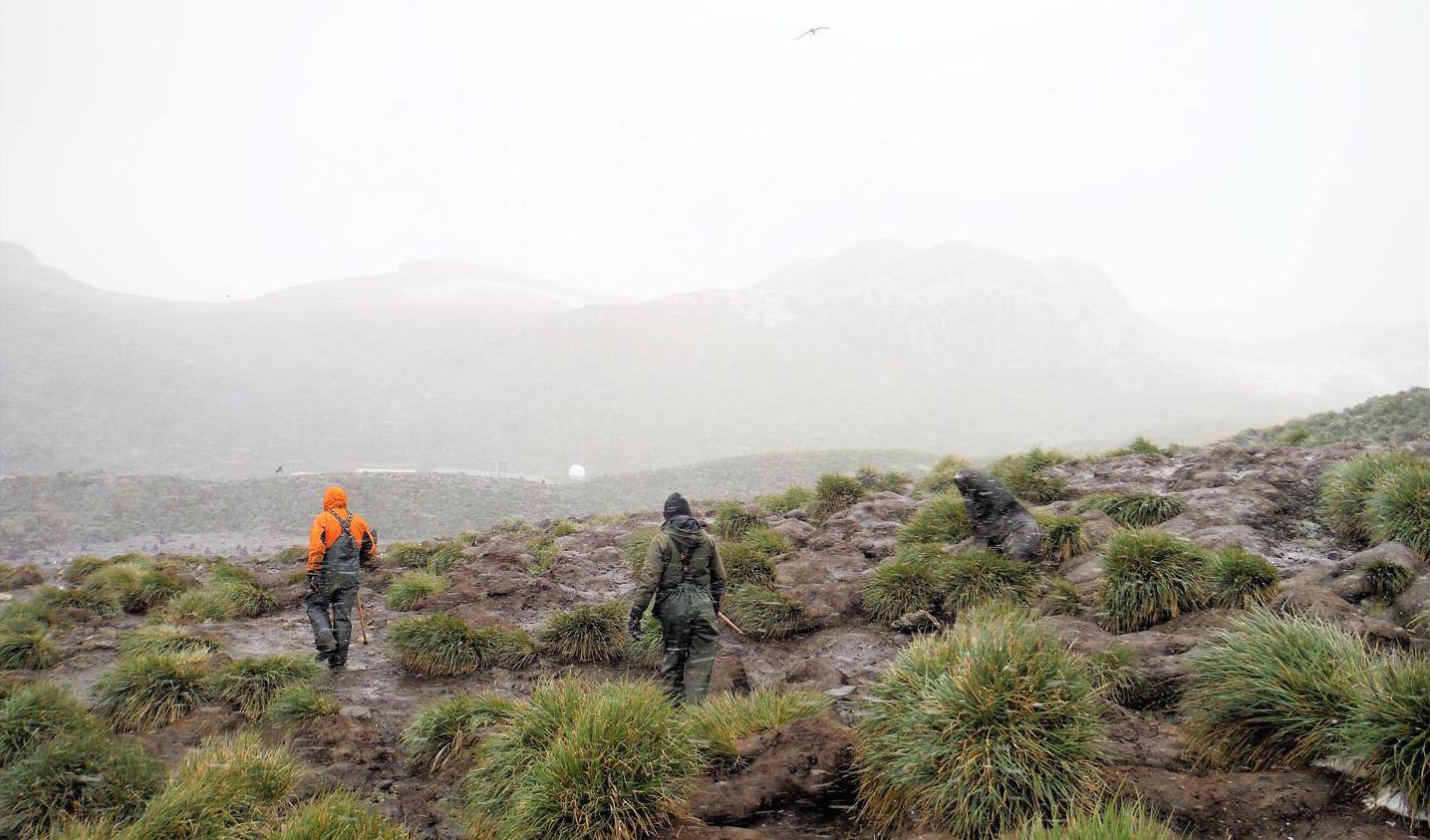
At 9am we leave the base to begin our morning commute. There is steam rising from the hot animals sprawled across the beach and despite the powerful winds, the musky scent of male fur seal impregnates the air. A well-trodden path helps us carefully navigate our way through syrupy mud, over slippery rocks and past charging seals. After 15 minutes I am clasping a piece of rope and watching my foot placement as I descend down onto the seal study beach. The ‘special’ study beach. For 30 years, the British Antarctic Survey have collected data on the seals that breed and reproduce here thanks to the scaffold walkway that stands above the cobbled cove providing unusual access to each and every individual.
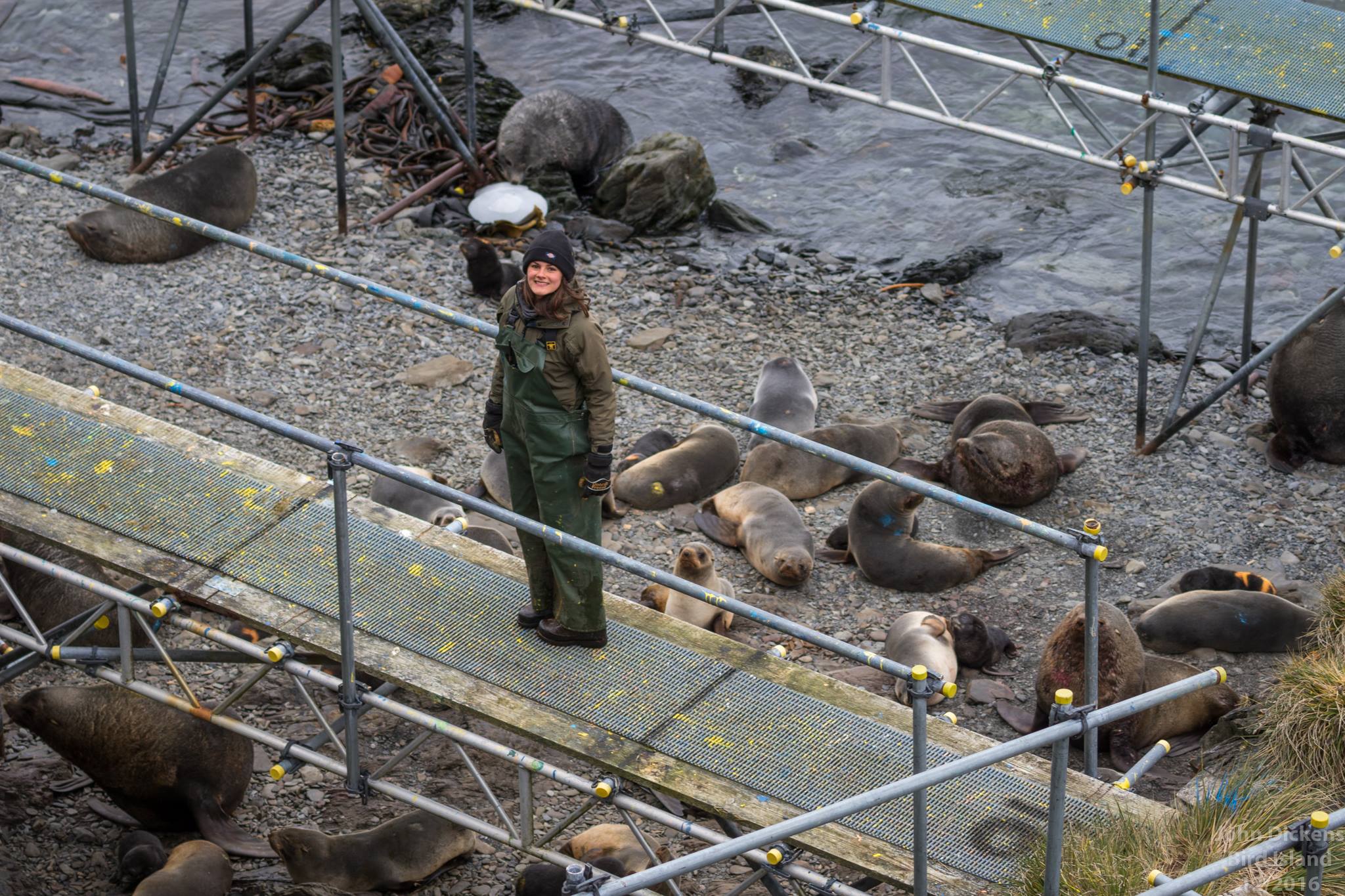
In late November, male fur seals make their way out of the water to establish their territories for the breeding season. Before long, two angry individuals launch themselves into battle, interlocking themselves by sinking their teeth into each other’s necks. They shake their heads in a frenzy on the frozen floor, leaving their blubber to shudder across their massive bodies. Chunks of fur have been torn out and the beach is covered in bright red blood. They quickly retreat to avoid further damage; plenty more brutal brawls are to come.
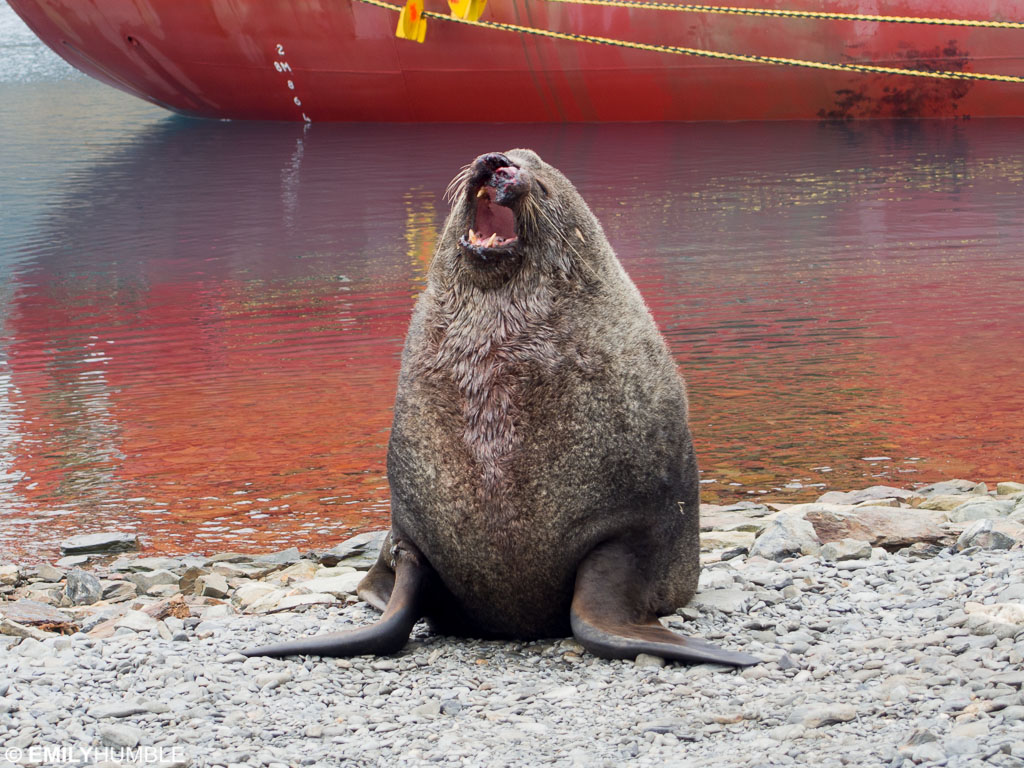
Pregnant females soon begin to arrive with wide eyes and silver coats. Despite being less than half the size of their male counterparts, the females impress as they assert their dominance through the maze of testosterone to choose their preferred spot for the season. Over the next few weeks the beach gets busier and busier and begins to reveal the harsh and uncompromising reality of nature. Whilst another scrap for dominance unfolds in the centre of the beach, the high tide brings waves crashing over unsuspecting pups lying close to the shoreline. Uproar commences as mothers thrash and wail to desperately drag their young to safety. Amidst the disarray, a tired female gives birth to her pup quickly and quietly below the bright, cold sunshine that blazes through the clouds and the pup unfurls into an uncertain world. Despite this chaos, we collect data from every seal that comes ashore and from every pup that is born.

During the 1800s, Antarctic fur seals were pushed to the edge of extinction due to years of persistent hunting for their pelts. When hunting ended, the species quickly bounced back to reach numbers in the millions. However, environmental change has led to increased sea surface temperatures and reduced sea ice around the Western Antarctic Peninsula. As a result, the quantity and quality of Antarctic krill, a keystone species and the seal’s primary food supply, has declined. Consequently, the population of Antarctic fur seals is experiencing a severe decline yet again. To monitor the population size, a full island census takes place when the seal numbers reach their peak. Of course, the peak is something one can only be sure of once it has happened, so we must predict it using models based on the build up of seals throughout the season. When it comes, we charge across the island, knee deep in tussock grass, searching for vantage points above each of the seal beaches to take photos. To my eyes, Bird Island appears to be full of seals, yet my supervisor assures me that the densities are far from what they used to be.
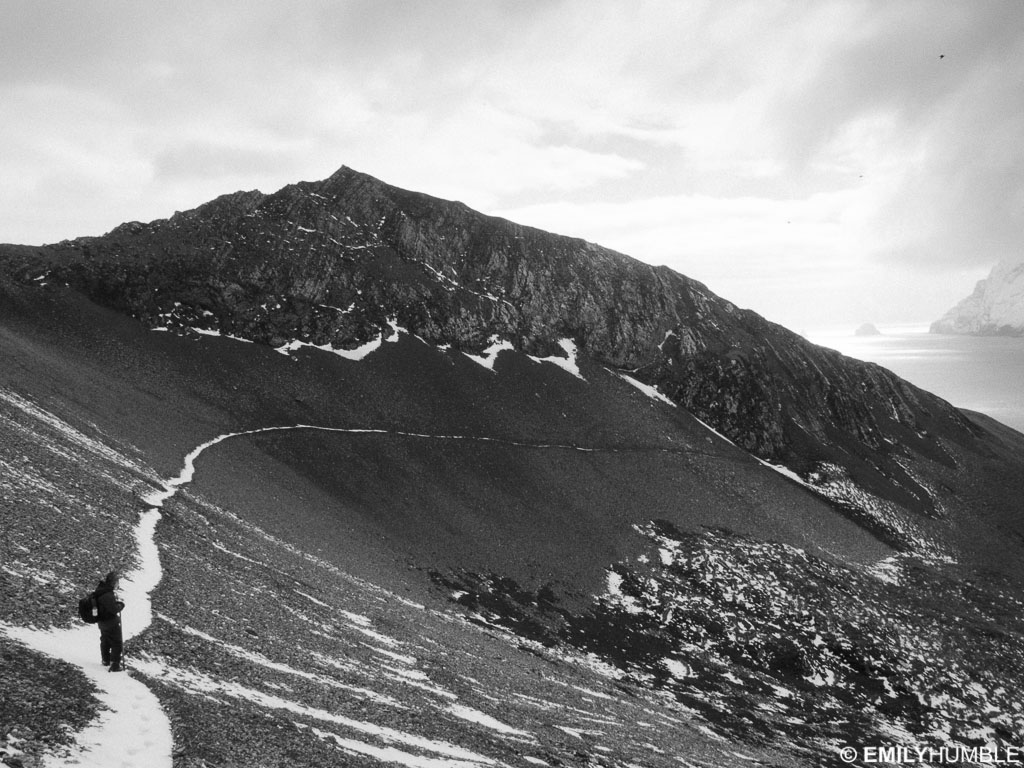
Extreme environments are likely to result in fewer pregnancies whilst those that are successful may have been compromised. Indeed, over the last three decades pup birth weights have declined. The subsequent weaning period is a struggle and the overall consequences on the population are already starting to emerge. In fact, the breeding population of females is becoming more genetically diverse which is a counterintuitive signal of a population in distress whereby young inbred animals are not making it to adulthood and therefore not contributing to the genetic pool1. The exact mechanism through which inbreeding depression is acting against these young animals is what I am exploring as part of my PhD.
The next morning, the seal study beach feels quiet. The remains of an iceberg have collected in the cove, catching the sun like crystals, floating meditatively in and out with the tide. As the season persists on, life and death become closely intertwined. Many pups have not made it and are left to the scavengers to tear them apart across a bone-strewn beach. It is a season of endurance, full of both investment and loss. A lonely elephant seal has come ashore to moult, its mouth agape. Along with a few fur seals, it clumsily slips into the pool of clear water that has been cleaned and filled by the high tide. I watch as they twist and turn quietly and gracefully, perfectly adapted to an underwater world. My mind drifts but is quickly brought back to the beach by the explosive boom of an iceberg, breaking slowly in the distance.
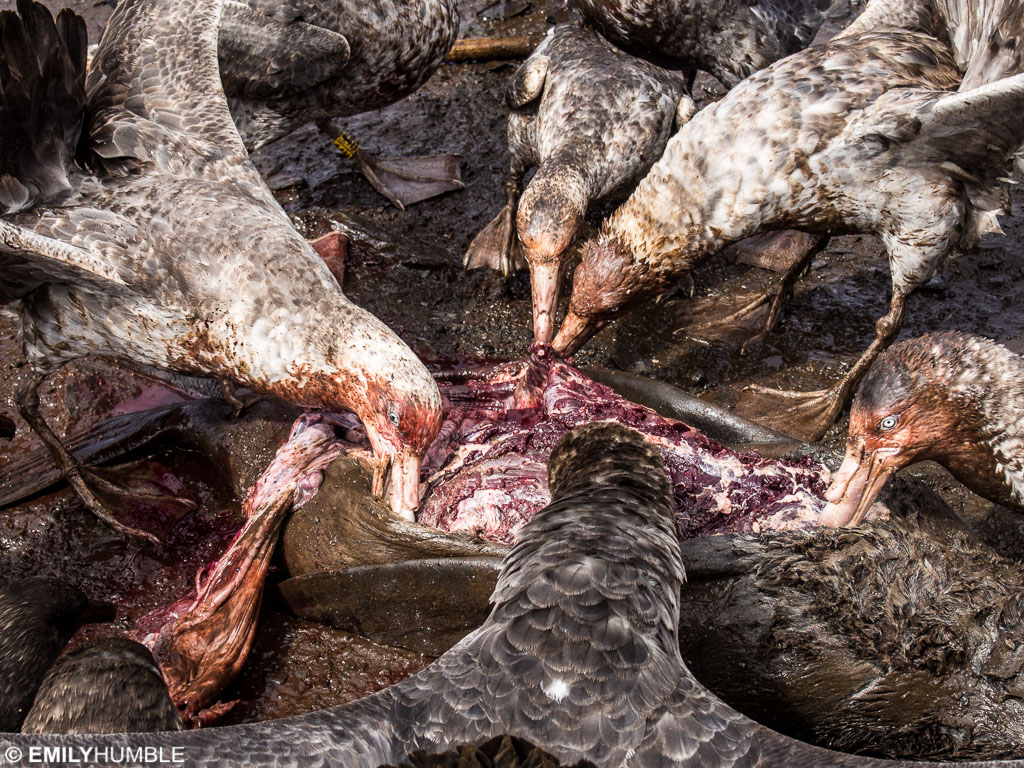
We walk back to base, and like most days, get distracted by the well fed and nurtured pups of the season. They gather in groups away from the harems, and play in the puddles and pools of water that have collected on the beach. As I watch them cautiously dip their heads underwater, testing the limits of their breath-hold, I am amazed by their instinctive connection to the ocean. I hope these little balls of fur make it through the winter.
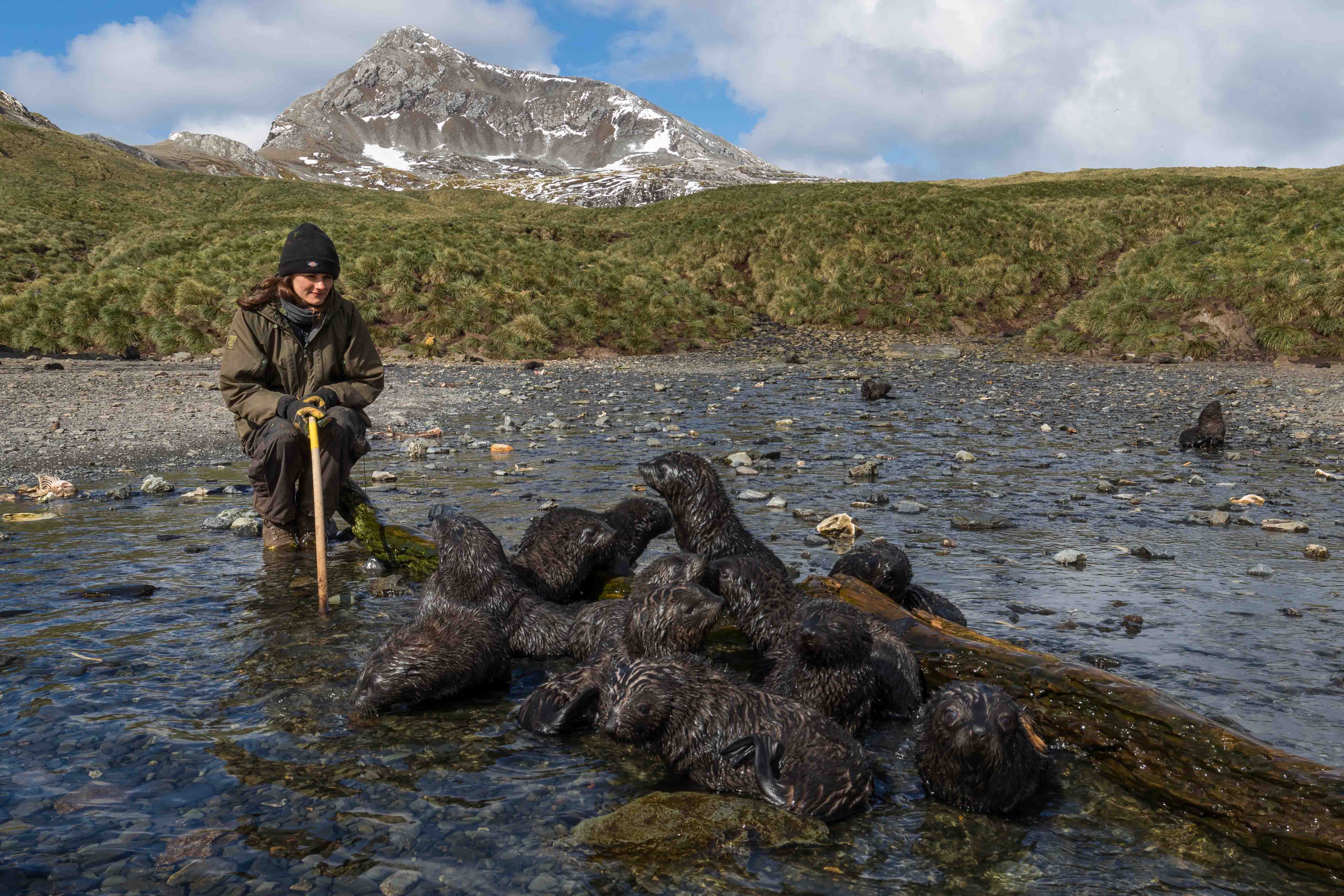
That night the fur seals wail and the winds thunder over the roof of the base. I lie awake imagining mothers foraging for their pups in the wild dark ocean. Despite years of intense study, there is so much that remains unknown.
References:
1. Forcada J & Hoffman JI (2014) Nature 511: 462–465